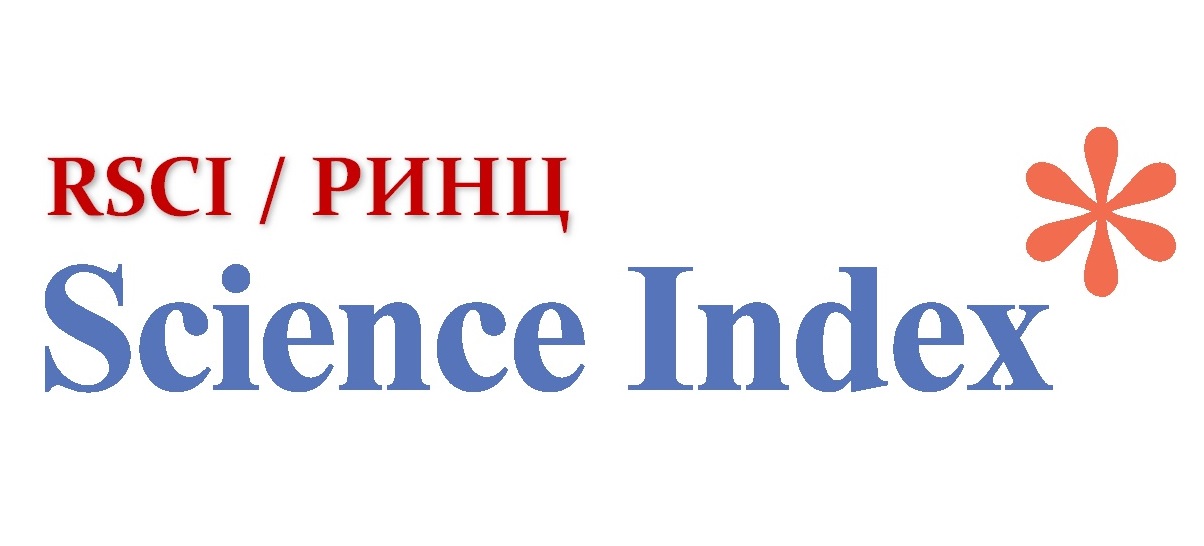Legislative Predicaments and System Reconstruction of China’s Low-Altitude Economy From the Perspective of Normative System Synergy
Views: 204 / PDF downloads: 72
DOI:
https://doi.org/10.32523/2616-6844-2025-152-3-229-249Keywords:
low-altitude economy, legislative predicament, normative system synergy, airspace governance, UAV regulationAbstract
The low-altitude economy has rapidly developed into a strategic emerging industry in China, driven by reforms, policy initiatives, and technological innovation. While the Civil Aviation Law provides a foundational legal framework, existing legislation has revealed contradictions in normative logic, fragmented regulation, and insufficient responsiveness to technological advances. This article examines the legislative predicaments of China’s low-altitude economy and proposes “legislative synergy” as a guiding theoretical perspective to address them. Using literature review, empirical analysis, and comparative study, the paper identifies three core challenges: hierarchical imbalance within the normative system, regional coordination obstacles, and lagging adaptation between technical standards and legal norms. By analyzing international experiences—particularly the hierarchical framework of the United States and the regional coordination mechanism of the European Union—the study offers a path for reconstructing China’s normative system. It argues that achieving coherence across legal hierarchies, enhancing cross-regional governance, and embedding technological adaptation into legislation are crucial for transforming policy into effective legal norms. The findings contribute to theoretical and practical discussions on airspace governance and provide legislative support for the high-quality development of the low-altitude economy.






